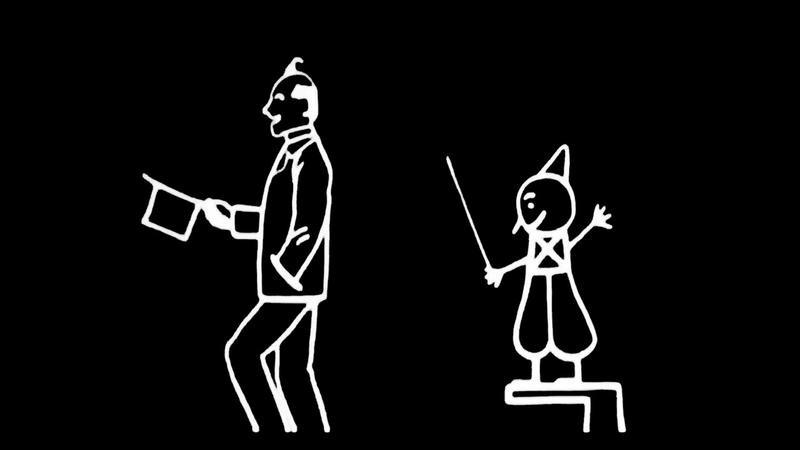The Story of Fantasmagorie (1908)
Émile Cohl is the father of the animated cartoon. In 1907, Cohl was hired as a scenarist by Gaumont to generate one-page story ideas for movies.
Between February and May 1908, Cohl created Fantasmagorie, the first fully animated film. To create the animation, Cohl placed each drawing on an illuminated glass plate and traced the next drawing, reflecting the variations needed to show movement. The animation contained over 700 illustrations.
6
55 reads
CURATED FROM
IDEAS CURATED BY
The idea is part of this collection:
Learn more about movies with this collection
The historical significance of urban centers
The impact of cultural and technological advances
The role of urban centers in shaping society
Related collections
Read & Learn
20x Faster
without
deepstash
with
deepstash
with
deepstash
Personalized microlearning
—
100+ Learning Journeys
—
Access to 200,000+ ideas
—
Access to the mobile app
—
Unlimited idea saving
—
—
Unlimited history
—
—
Unlimited listening to ideas
—
—
Downloading & offline access
—
—
Supercharge your mind with one idea per day
Enter your email and spend 1 minute every day to learn something new.
I agree to receive email updates
